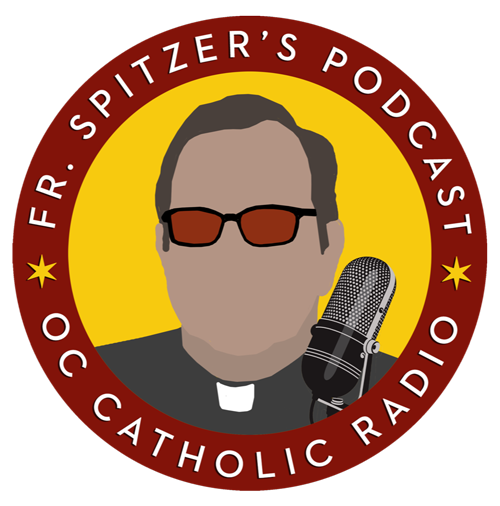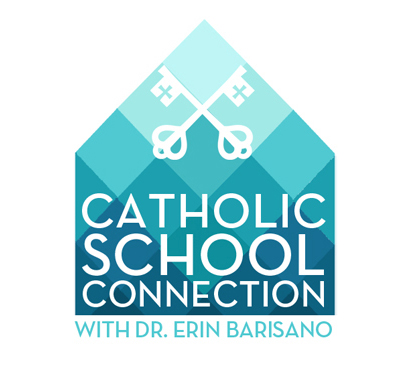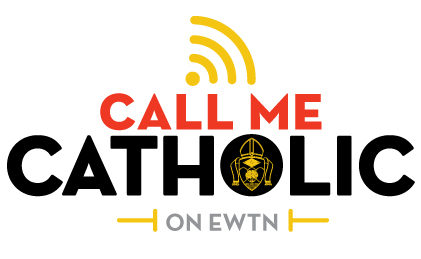Denver, Colo., Sep 7, 2018 / 03:00 am (CNA/EWTN News) – Not long ago, introducing more technology into the classroom meant allowing third graders to play 15 minutes of Oregon Trail during recess time.
In recent years, particularly after the emergence of smartphones and other mobile devices circa 2012, for many schools it has meant an iPad for every student, laptops in every classroom.
However, research has begun highlighting the detrimental impacts of excessive screen time, particularly on developing brains and on education, sparking concerns among educators and parents. Even tech industry giants are starting to speak openly about the dangers of internet addiction and the need to monitor children’s screen time.
For Catholic schools, the issue is especially pressing, some school leaders say, because Catholic schools are concerned with the human and spiritual formation of their students.
Michael Edghill, principal of Notre Dame Catholic School in Wichita Falls, Texas, told CNA that his biggest concern is a tendency to let technology become the main driving force of education, rather than a tool of support for teachers and students.
“For a Catholic school, that is a bad paradigm to fall into because it takes a rightly formed person to undertake the task of human formation, which is the mission of Catholic education,” he said. “No machine or technological tool can appropriately engage in the formation of the soul.”
Jean Twenge is a psychologist and the author of “iGen: Why Today’s Super-Connected Kids Are Growing Up Less Rebellious, More Tolerant, Less Happy–and Completely Unprepared for Adulthood.”
Twenge told CNA that her research found the “sweet spot” for screen time for teenagers should be about 2 hours per day “for mental health, happiness, and adequate sleep. Beyond that, the risks increase, topping out at the highest levels of use.”
Notably, but perhaps not unsurprisingly, most US teens report average daily screen times well over the recommended two hours.
In 2015, research group Common Sense Media reported that more half of US teenagers spend at least four hours a day on a screen, while 25 percent of teens reported even higher uses – more than eight hours daily – with the potential of detrimental effects.
“For example, teens who use electronic devices 5 or more hours a day are 71% more likely to have a risk factor for suicide than those using devices less than an hour a day,” Twenge said. “They are also 51% more likely to not sleep enough. Teens who are online 5 or more hours a day are twice as likely to be unhappy as those online less than an hour a day.”
As for educational impacts, research has also found that smartphones can impact a person’s ability to think simply by being within reach – even if they are turned off. Another study found that students taught in computer-less classrooms performed significantly better on tests than their counterparts taught in classrooms with iPads and computers.
The human, relational and educational concerns are why some Catholics schools are taking steps to limit, if not completely ban, the use of smartphones and iPads in the classroom.
St. Benedict Elementary in Natick, Mass. is one Catholic school that has taken the approach of not using electronic technology in the classroom at all, except for very limited ways in the higher grades.
Jay Boren, headmaster of St. Benedict, told CNA that this is because the classical academy was founded by parents who had a desire for their school to be different.
“There are studies that show that (student) memory retention is better when they have written the information as opposed to having typed it. There are also benefits to learning cursive,” Boren said.
“In addition, an environment that is not inundated with fast-paced technology…allows students to cultivate the ability to sustain attention, develop concentration, and appreciate silence, which are the necessary dispositions to ponder truth, beauty, and goodness. We feel that those skills, are more important at this age level than mastering a screen that they will certainly be exposed to throughout their life at other times.”
On the other hand, Fr. Nicholas Rokitka, OFM Conv., teaches at Archbishop Curley High School in Buffalo, New York, which implemented a 1-to-1 iPad to student program four years ago.
“My major concern about technology in the classroom is the inability of the students to focus on the topic at hand and listen to the teacher,” Rokitka told CNA. “It certainly has changed the way teachers and students interact.”
Rokitka said that games and entertainment are always a potential distraction with the iPads in the classroom. While he has his room set up in a way that allows him to monitor his students’ iPad use closely, such monitoring “takes up a lot of my energy.”
There have been some positive impacts, Rokitka noted – the school has saved a lot of paper using digital homework and tests, and performance trends can be more quickly and easily recognized and addressed.
However, he added that without intentionality behind its use, technology negatively change the way students relate to one another and the world.
“On a very fundamental level, technology changes how people interact with each other. If technology is accepted wholesale without and intention, it will do more harm than good. When digital communication and social media replace face-to-face interaction, the students lose their ability to communicate,” he said. “This problem is way larger than just schools, but ultimately teachers and schools can have a dramatic input on how children learn how to use technology.”
Twenge said that she recommends schools ban the use of cellphones not only in the classroom, but during lunch as well, in order to give students a chance to interact with each other without a screen.
In interviews with students for her research, Twenge discovered students who would feel depressed and left out while their fellow students ignored them at lunch, favoring their phones instead, she wrote in the New York Daily News.
“A no-phones-at-school rule would also help teens develop invaluable social skills. More and more managers tell me that young job applicants don’t look them in the eye and seem to be uncomfortable talking to people face-to-face. If our students are going to succeed in the workplace, they need more practice interacting with people in person,” she wrote.
“They can get that right there at school – if they aren’t constantly on their phones.”
Edghill said that his biggest guiding principle in the use of technology in school has been intentionality – which is exactly why the school banned cell phone use in school during the school day.
“It was an intentional decision based on the fact that there was little to no educational benefit and a whole slew of potential and real problems,” he said.
“The unplanned side effect is that the students actually talk to one another before school in the mornings now instead of just staring at their individual screens.”
A father to four children between 14 and 3, Edghill noted that he and his wife try to implement the same intentionality with technology use at home, by enforcing limits and being consistent with them, though he admitted there has been a learning curve.
“I do think that the more time that they watch screens, the less creative and the less curious they are. But it is a constant battle. It may be one of the most counter-cultural things that we can do for our kids,” he said. “And that is saying something as a Catholic.”
It’s also important to note that technology is simply a tool, and “not an evil,” he said.
“The pope is active on social media. My bishop is active on Twitter. But it is for the greater good of reaching out to people in order to create the opportunity for an authentic encounter with Christ,” he said.
“If the technology is replacing humanity as opposed to being used as a tool to advance humanity, that is the problem…If we miss the human element of the teacher, of person-to-person dialogue and debate, of human experience, then we can’t fully do our part to cooperate in the formation of the human person.”










